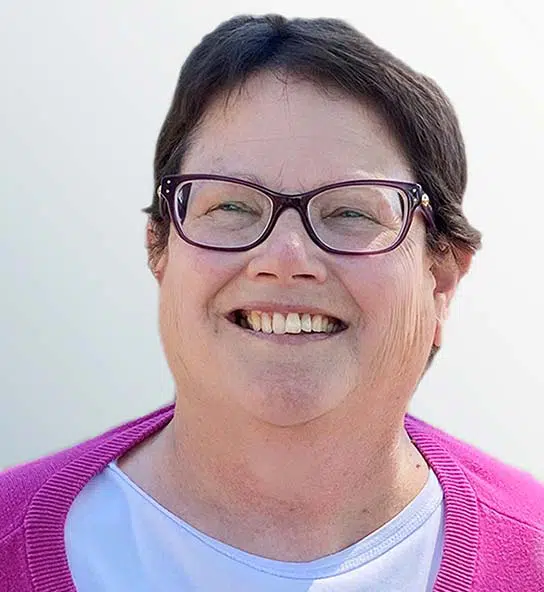The hiring program will prioritize jobs for individuals with disabilities, formerly incarcerated individuals, and other groups with high unemployment rates.
Roseville, Calif. — PRIDE Industries is partnering with Clark Pacific, the industry leader in prefabricated building systems, to create employment opportunities for people with disabilities and other individuals who face barriers to employment. Clark Pacific will work with PRIDE Industries’ Inclusive Talent Solutions (ITS) group to place hundreds of people into full-time and part-time positions. These positions will range from general labor to specialists, such as in welding, prefabrication, materials mixtures and more.
PRIDE Industries, a nonprofit social enterprise, is the nation’s leading employer of people with disabilities. The organization recruits, trains, and provides on-the-job support for people with disabilities through a network of more than 300 employers. These efforts help our partner companies access an expanded talent pool to include people of diverse abilities.
PRIDE Industries also offers expertise in creating sustainable employment for military veterans, former foster youth, trafficking survivors, and others needing a helping hand to overcome barriers to employment.
Providing Second Chances and Meaningful Jobs
One such population are individuals who were formerly incarcerated. To assist these individuals as they integrate back into society, Clark Pacific is a second chance employer. This means that they do not require background checks for certain jobs, allowing those who have paid their debt to society to participate in gainful employment. Those hired earn livable wages and benefit from career advancement opportunities as well as a full suite of union benefits.
“At Clark Pacific, we believe that everyone deserves an opportunity,” said John Hasna, Associate Director of Talent Management at Clark Pacific. “When we’re seeking to fill a position, what matters most to us is a person’s work ethic. We have high standards for quality and customer service, and we count on all our employees to meet these goals.”
Success through Hiring Individuals with Disabilities and Other Barriers to Employment
A pioneer in the prefabricated building systems industry, Clark Pacific offers customers high-quality construction. This construction results in buildings that are both environmentally friendly and cost effective. A proud inclusive employer, the company also prioritizes hiring groups of individuals who are often overlooked.
It’s a hiring perspective that fits well with PRIDE Industries’ mission, and also the goals of the nonprofit’s ITS team.
“Inclusive Talent Solutions is proud to partner with Clark Pacific,” said DeShawn Cann, Director of Workforce Solutions at PRIDE Industries. “We are confident we can help Clark Pacific meet its hiring goals and effectively utilize its diverse workforce. And certainly, the high-quality construction and manufacturing opportunities available at Clark Pacific is ideal for anyone seeking a rewarding and meaningful career.”
About PRIDE Industries
PRIDE Industries delivers business excellence with a positive social impact. A social enterprise, we provide facilities operations and maintenance services, custodial services, contract manufacturing, supply chain management, packaging and fulfillment services, as well as staffing and recruitment services to private and public organizations nationwide. Founded in 1966, PRIDE Industries’ mission is to create employment and meaningful jobs for individuals with disabilities. To that end, through personalized employment services, we help individuals realize their true potential and lead more independent lives. PRIDE Industries proves the value of its inclusive workforce model through operational success across multiple industries every day. Learn more at https://www.PRIDEIndustries.com.
About Clark Pacific
Clark Pacific is a leading manufacturer of prefabricated building systems. We are transforming design and construction by delivering high quality, cost-effective buildings with less risk. Clark Pacific paves the way for prefabrication as a smarter, safer and more efficient way to bring great designs to life. Clark Pacific also collaborates with construction owners and design-build teams to develop and deliver prefabricated building systems for commercial and institutional projects of any size and complexity. For more information, visit www.clarkpacific.com.
Need employment placement support?

PRIDE Industries is a social enterprise delivering business excellence to public and private organizations nationwide.
